Does Invisalign Cause Gum Recession? (2025 Guide)
Last Updated on March 22, 2025 by Gio Greenard
Have you ever wondered, “Does Invisalign cause gum recession?” You’re not alone. It’s a common concern for people considering clear aligners, and it’s smart to ask questions before starting any treatment. Let’s dive into the facts—and clear up the confusion.
Invisalign 101: What Makes It Different?
Invisalign is a modern orthodontic system that uses a series of clear, removable aligners to gradually straighten your teeth. Unlike metal braces, these aligners are nearly invisible and can be taken out while eating or brushing. That means better comfort, better aesthetics—and often, better hygiene.
But when it comes to gum health, many people want reassurance.
Can Invisalign Cause Gum Recession? Let’s Break It Down
Short answer? Not directly.
Invisalign aligners are designed to fit snugly over your teeth, not your gums. While a few patients may notice gum changes during treatment, gum recession typically stems from other causes—and many of those issues often exist before treatment even begins.
Some of the most common culprits include:
-
Pre-existing gum disease
-
Overly aggressive brushing habits
-
Poor oral hygiene
-
Bruxism (teeth grinding or clenching)
-
Genetics
🗣️ “Invisalign itself doesn’t directly cause gum recession. More often, it’s the underlying oral health conditions or poor hygiene that lead to gum problems during treatment,”
It’s also worth noting that ill-fitting aligners or excessive pressure (especially if not managed properly by your orthodontist) could contribute to gum irritation or inflammation, which might lead to recession over time. But this is uncommon and avoidable with proper monitoring and care.
Protecting Your Gums During Invisalign Treatment
So, how do you make sure your gums stay happy and healthy while wearing aligners? It’s easier than you might think.
✅ Brush Gently, Not Aggressively
Use a soft-bristled toothbrush and light pressure. Scrubbing too hard can wear down your gums over time.
✅ Floss Daily
Clear aligners don’t protect you from plaque. Flossing is essential to remove buildup between teeth and along the gumline.
✅ Clean Your Aligners Thoroughly
Rinse them after meals and soak them in a cleaning solution daily to prevent bacteria buildup that could inflame your gums.
✅ Visit Your Dentist or Orthodontist Regularly
Routine checkups help catch early signs of gum irritation or recession and ensure your aligners are fitting properly.
Quick tip: If your gums ever feel sore, inflamed, or start to recede, don’t wait—schedule a visit with your provider. Sometimes a minor adjustment to your aligners is all it takes.
Bonus: How Invisalign Can Improve Gum Health
Here’s something many people overlook: straighter teeth are easier to clean. When your teeth are in proper alignment, brushing and flossing become more effective—which may actually reduce the risk of gum disease and recession over time.
In fact, some patients report that their gum health improves during treatment.
Treatment Options If You Already Have Gum Recession
If you already have some gum recession before beginning Invisalign, your provider may recommend additional care, such as:
-
Deep cleaning (scaling and root planing)
-
Gum grafts or soft-tissue procedures
-
Minimally invasive treatments like the Pinhole® Surgical Technique
These options help restore gum tissue and protect exposed roots—especially important before shifting teeth with aligners.
Expert Invisalign Care with Dr. Panucci
At Beach Braces, we don’t just straighten smiles—we protect them. Dr. Panucci and her team offer personalized Invisalign plans, expert guidance, and flexible monthly payment options.
Whether you’re a first-timer or switching from braces, we’ll walk you through every step—starting with a no-pressure consultation.
Flexible monthly payment plans are available. Contact the doctor and her amazing team for an initial consultation.

Dr Patti Panucci attended the University of Louisville School of Dentistry for four years, where she graduated with a DMD degree (May 2000) among the Top 10 in her class. Following that, she headed west to Los Angeles to complete her three-year residency at one of the top-ranked orthodontic programs in the country – the University of Southern California.
Along with her certificate in orthodontics, Dr. Panucci earned a master’s degree in craniofacial biology. During those three years, she fell in love with Southern California beach life and decided that this was where her future lay.
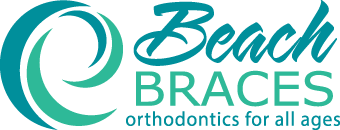
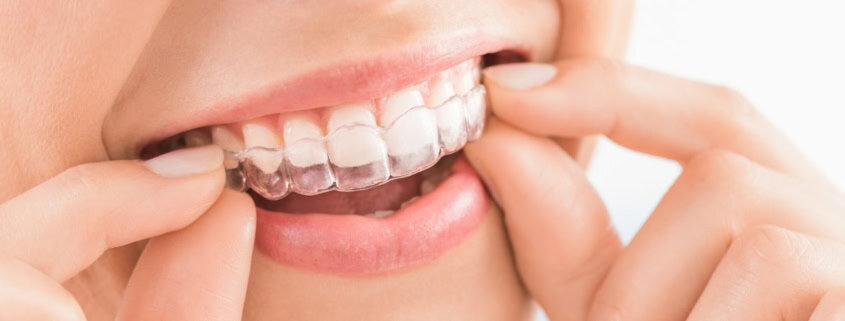
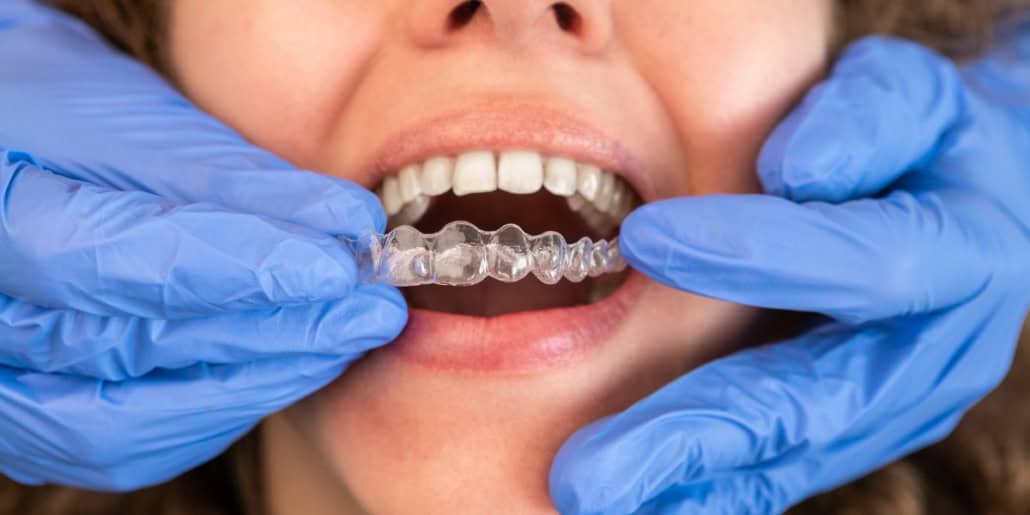
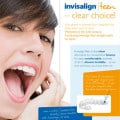




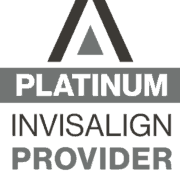
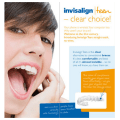



Leave a Reply
Want to join the discussion?Feel free to contribute!